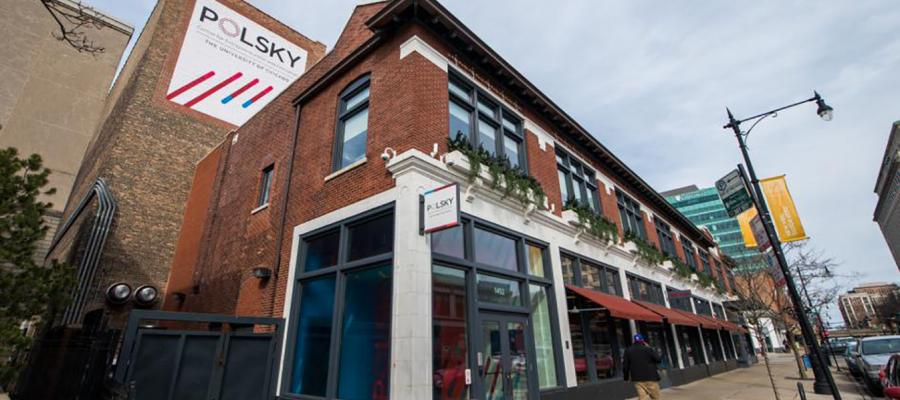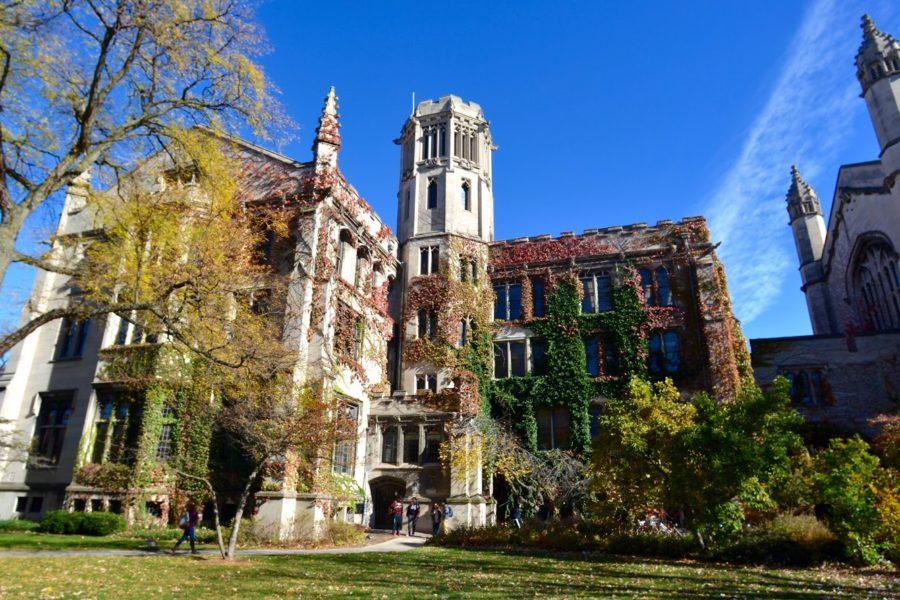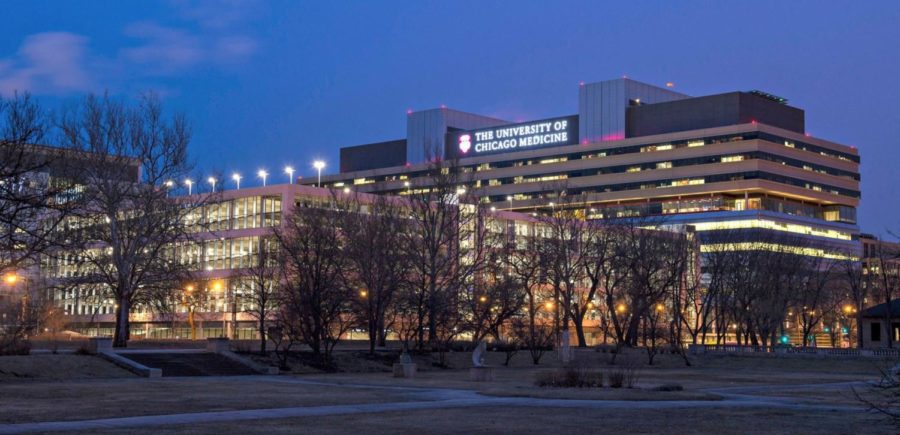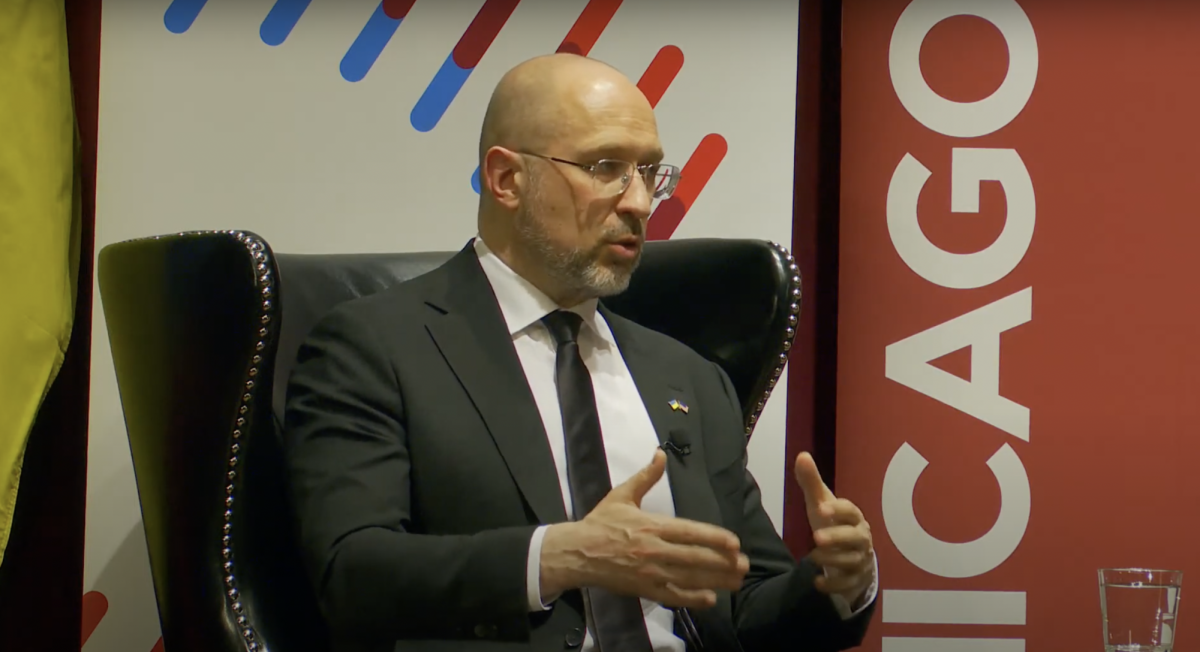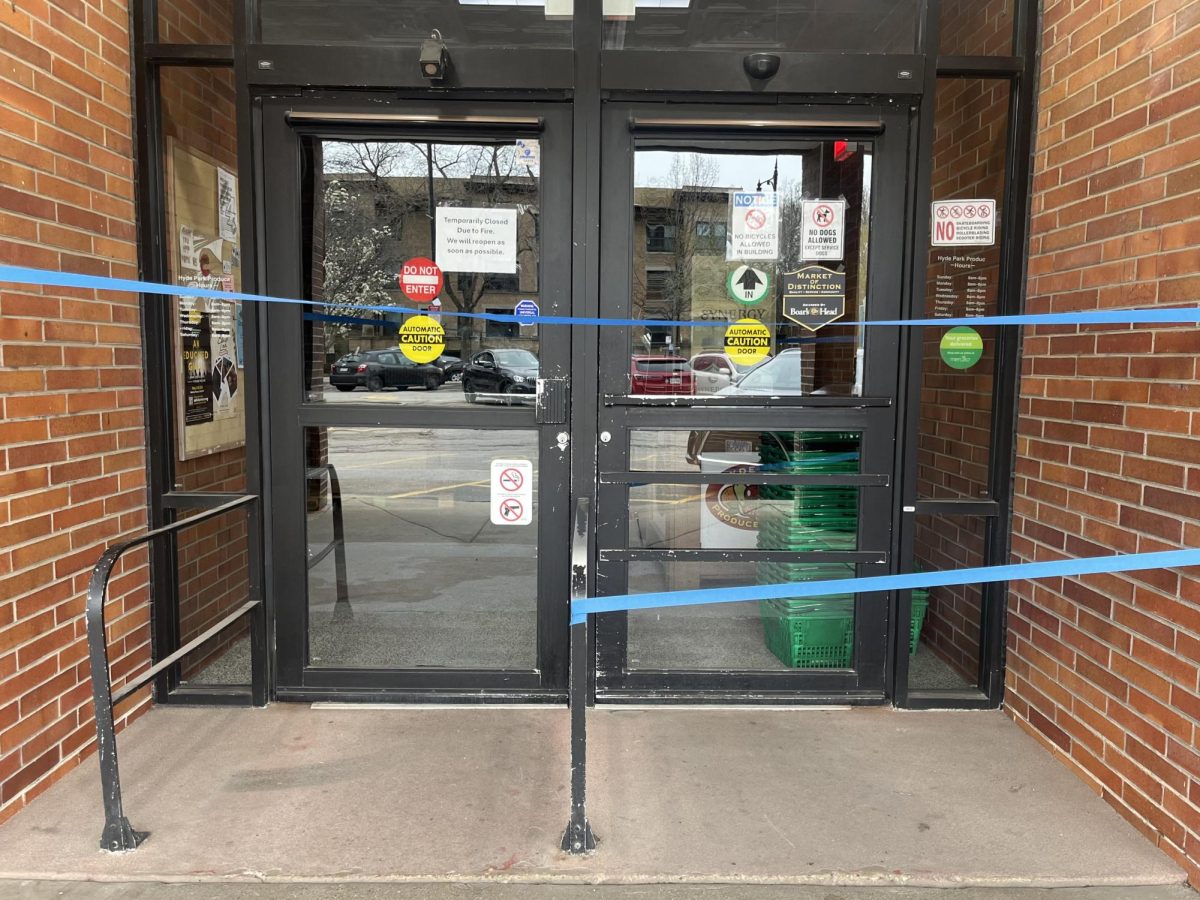[img id=”80604″ align=”alignleft”] The 53rd Street Vision Workshop, a panel discussion attended by University administrators, local politicians, and neighborhood residents, met earlier this month to discuss plans for sustaining a retail community along Hyde Park’s main commercial avenue.
The workshop attracted a large number of community members and leaders, including Alderman Toni Preckwinkle, University representatives from the newly formed Committee on Retail, and Susan Campbell, associate vice president of community affairs.
Participants expressed optimism for the future of Hyde Park and largely embraced what Andre Brumfield, from the design firm EDAW Chicago, called a “diversity of uses” for retail areas.
However, some local experts cautioned future developers. Barry Schain, a broker, stressed that although 53rd Street is a “genuine, unique site,” it is “extremely tough to work with the churches, parks, [and] pre-existing structures.”
Representatives of the U of C fielded questions from community members who perceived ulterior motives in the University’s development efforts. Associate Vice President Campbell reiterated that the University has a large stake in the future of Hyde Park and is dedicated to working with the community in developing Hyde Park sites.
“The University of Chicago is a participant with all the other community stakeholders in the process,” Campbell said in a subsequent interview.
According to Campbell, the University has been particularly interested in bringing a high-end restaurant to fill the space beside the Checker Board Lounge in Harper Court. Recently, the University played an instrumental role in bringing Park 52, an upscale American bistro owned by prominent Chicago restaurateur Jerry Kleiner, to the neighborhood.
Campbell said that the U of C is also currently developing its own retail property in the neighborhood. The University-owned strip of retail spaces that flank the Harper Theater at the corner of East 53rd Street and South Harper Avenue is currently unoccupied and awaiting development. While the University had original proposed bringing in a mix of specialty boutiques and restaurants to that location, it has since encountered numerous challenges in the planning process.
Campbell also rejected the notion that the University’s goals for development in the neighborhood conflicted with those of the general community.
“The University’s interests are not different from what the community wants,” she said. “We’re both interested in seeing a vibrant, sustainable community.”
On walking tours of the street following the panel, community members repeatedly stressed that they were interested in finding venues that made for the best fit with the neighborhood. Although many people expressed a desire to see more “mom-and-pop” type, locally owned business, they stated that ultimately they most wanted retailers that agreed with Hyde Park’s atmosphere.
Gene Krell, who has lived in Hyde Park since 1954, recognized that the neighborhood’s diversity can make it difficult for a business to meet everyone’s requirements and desires. As an example, Krell noted that by his estimation, 13 or so national retailers considered a space at the Hyde Park Shopping Center before Office Depot was convinced to lease the space.
Another participant pointed out that the site at East 53rd Street and South Blackstone Avenue, now occupied by the fast-food chain Boston Market, formerly housed Pier 1, a décor and home furnishing store, which found itself unable sustain its business in Hyde Park and closed after several years.
The University hopes that through a series of similar community events, in conjunction with a more thorough understanding of student and staff retail preferences, headway can be made in redevelopment. On campus, the University recently established a committee on retail, made up of several undergraduate and graduate students, as well as a number of administrators, in an attempt to engage student voices in the development process.
Second-year and member of the committee Hallie Trauger stressed in an e-mail interview that the committee sought to reconcile those opinions and needs with the larger conversation about Hyde Park development. “These needs will then need to be put in dialogue with broader conceptions of community identity and priorities better determined in surveys, town halls, and off-campus conversations than in administration committee rooms,” she wrote.
Trauger emphasized that she thought it would be more productive to think of the community as including students, rather than in opposition to student needs, and that ultimately she believed that the committee’s recommendations “will simply be our best attempt to report broad and diverse student desires and propose some practical opportunities, suggestions, and cautions.”
Campbell said that the committee would present a report containing its findings to Student Government in early June.
“We’re a large corporate entity in the neighborhood,” Campbell said. “The goal on our side is to be able to co-exist peacefully. After all, we’re all working to the same goals.”




